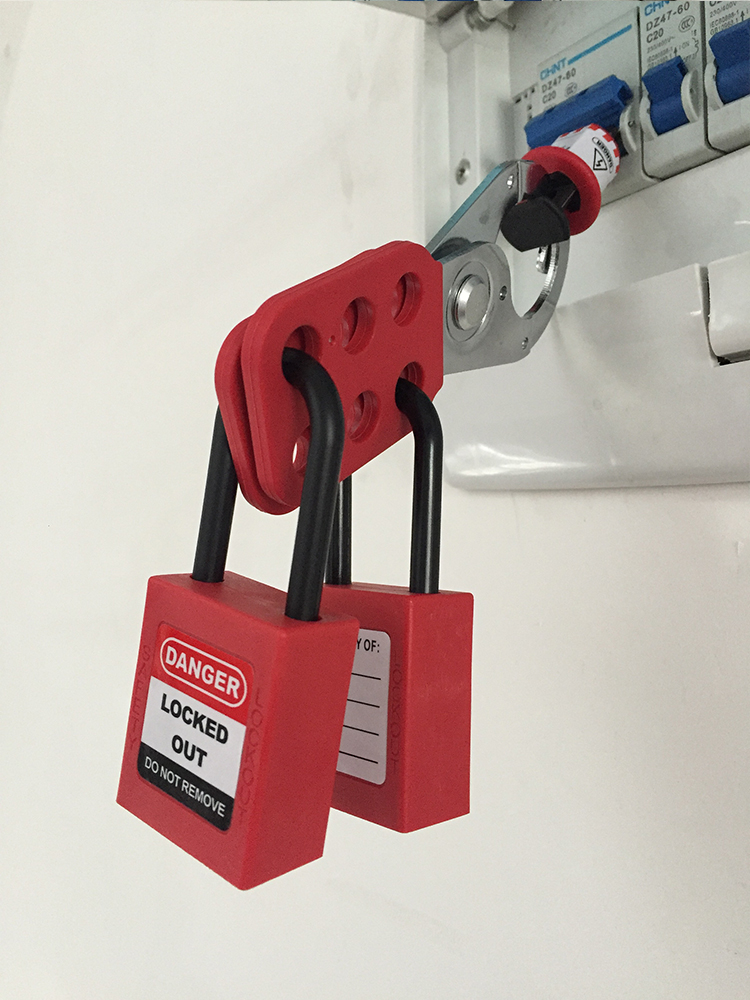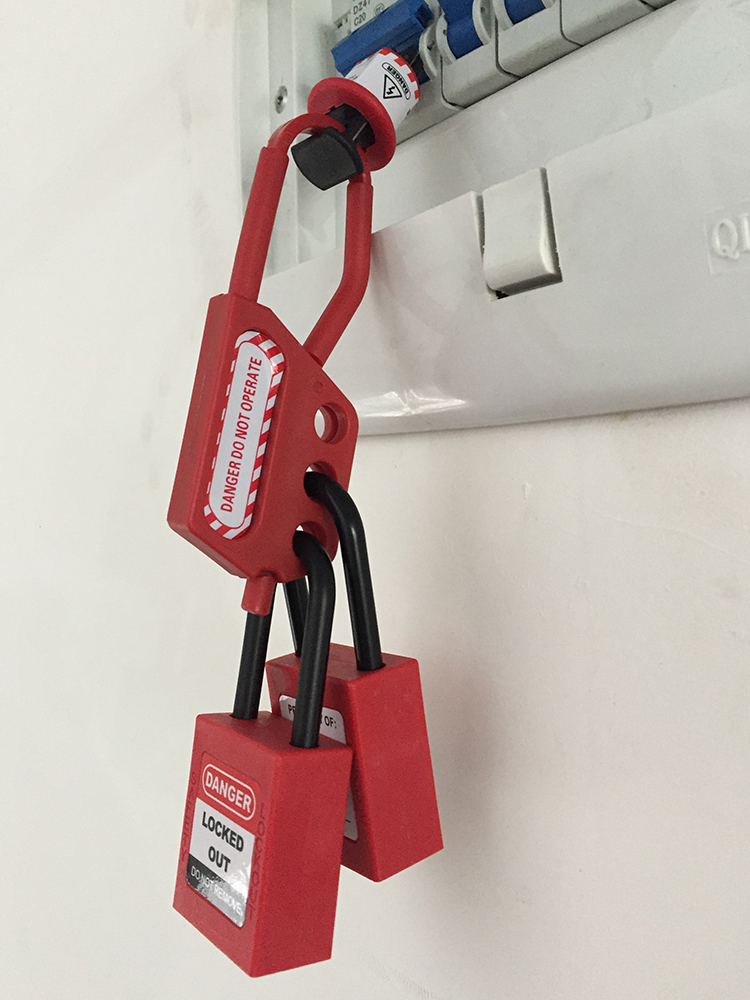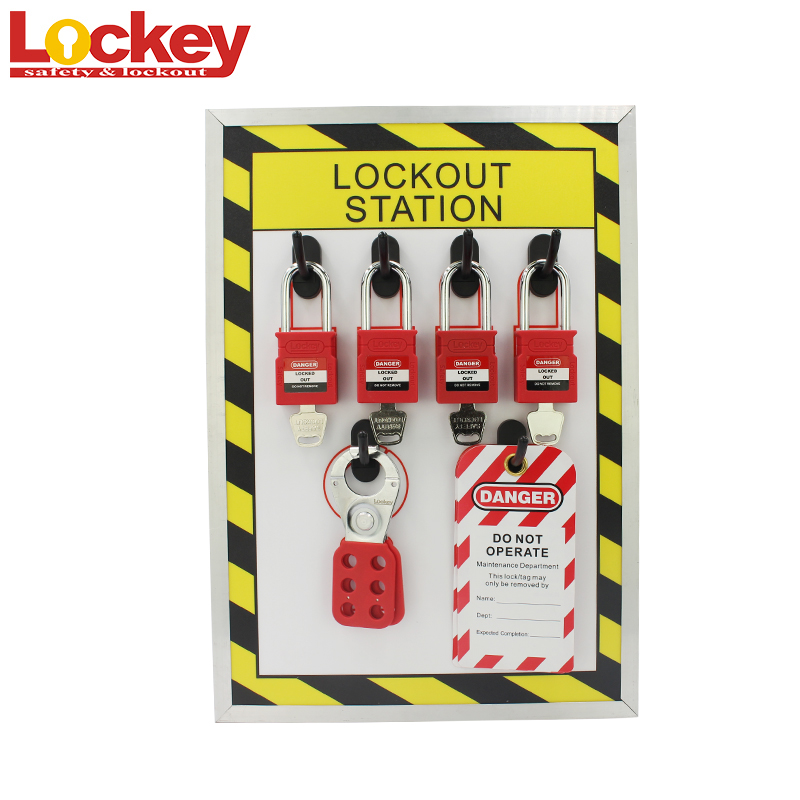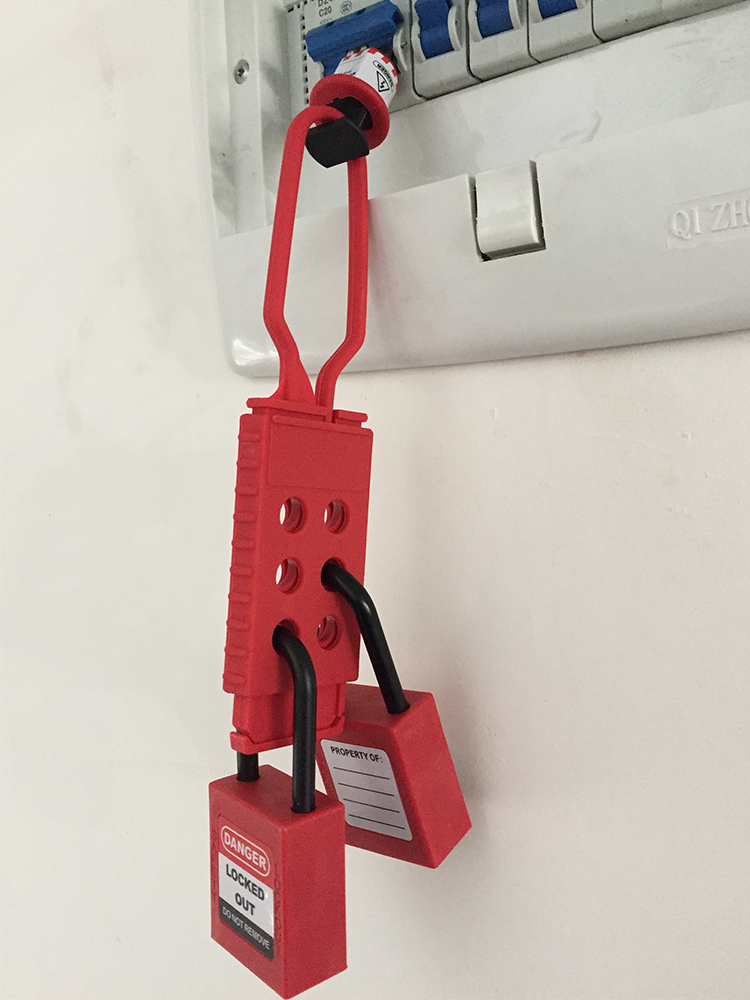News
-

Types of Lockout/Tagout Devices
Types of Lockout/Tagout Devices There are numerous different kinds of lockout/tagout devices available for use. Of course, the style and type of LOTO device can vary depending on the type of work that is being done, as well as any applicable federal or state guidelines that must be followed durin...Read more -

Safety Padlocks
Aluminum Safety Padlocks Our anodized aluminum safety padlocks are an ideal choice for lockout applications because they are made of a very lightweight and non-magnetic material. The anodized lock body is the perfect surface for our custom laser engraving. You can have any individual name and/or...Read more -

What is Lockout/Tag out?
What is Lockout/Tag out? Lockout is defined in the Canadian standard CSA Z460-20 “Control of Hazardous Energy – Lockout and Other Methods” as the “placement of a lockout device on an energy-isolating device in accordance with an established procedure.” A lockout devi...Read more -

Lockout Tagout Advanced Training for All
Lockout Tagout Advanced Training for All The Lockout Tagout Advanced Training for All is designed for employers, management, affected employees and everyone else who wishes to understand all the essential elements of a complete Lockout Tagout program. This training program is built to achieve com...Read more -

Why is controlling hazardous energy sources important?
Why is controlling hazardous energy sources important? Employees servicing or maintaining machines or equipment may be exposed to serious physical harm or death if hazardous energy is not properly controlled. Craft workers, machine operators, and laborers are among the 3 million workers who servi...Read more -

What must employers do to protect employees?
What must employers do to protect employees? The standards establish requirements that employers must follow when employees are exposed to hazardous energy while servicing and maintaining equipment and machinery. Some of the most critical requirements from these standards are outlined below: Dev...Read more -

Lockout/Tagout Procedures
Lockout/Tagout Procedures: Notify all affected employees that a lockout/tagout procedure is ready to begin. Turn off the equipment at the control panel. Turn off or pull the main disconnect. Be sure all stored energy is released or restrained. Check all locks and tags for defects. Attach your saf...Read more -

OSHA Lockout Tagout Checklist
OSHA Lockout Tagout Checklist The OSHA lockout tagout checklist allows you to check the following: Equipment and machinery are de-energized during servicing and maintenance Equipment control valve handles are provided with a means for locking out Stored energy is released before equipment is lock...Read more -

Lockout/Tagout Safety Training Requirements
LOCKOUT/TAGOUT SAFETY TRAINING REQUIREMENTS OSHA requires that LOTO safety training cover at least the following three areas: How each employee’s specific position relates to the LOTO training The LOTO procedure relevant to each employee’s duties and position The various requirements of OSHA’s LO...Read more -

WHY DOES LOCKOUT/TAGOUT EXIST?
WHY DOES LOCKOUT/TAGOUT EXIST? LOTO exists to protect employees who may be exposed to serious physical harm or death if hazardous energy is not controlled while servicing or performing maintenance activities. OSHA estimates that compliance with the LOTO standard can prevent 120 fatalities and 50,...Read more -

Lockout/Tagout Standards
Lockout/Tagout Standards Because of their critical safety importance, the use of LOTO procedures is legally required in every jurisdiction that has an advanced occupational health and safety program. In the United States, the general industry standard for the use of LOTO procedures is 29 CFR 1910...Read more -

What Does Lockout Tagout (LOTO) Mean?
What Does Lockout Tagout (LOTO) Mean? Lockout/tagout (LOTO) is a set of procedures that are used to ensure that equipment is shut down, inoperable, and (where relevant) de-energized. This allows maintenance and repair work on the system to be performed safely. Any workplace scenario involving equ...Read more






